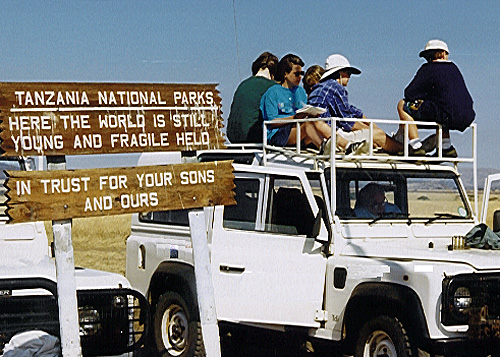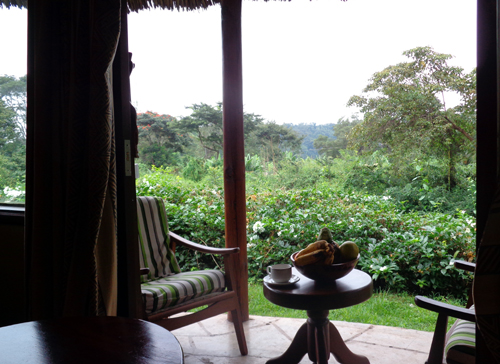 It’s been nearly a decade since I’ve encountered so many families on safari – is the midmarket coming back? Is it time, again, to travel to Africa for a family vacation?
It’s been nearly a decade since I’ve encountered so many families on safari – is the midmarket coming back? Is it time, again, to travel to Africa for a family vacation?
Yes, and yes. For several years, now, I’ve wondered if the midmarket would return. The Great Recession clobbered disposable incomes, especially for families, and it dove-tailed horribly with the election troubles in Kenya then increasing terrorism there after the October, 2011, Somali invasion.
Enough time has passed, now, that our economy is returning to a semblance of normality (even as much of Europe has not) AND terrorism in East Africa is way down.
Family safaris have returned: From Serena to Sopa to lower market family group safaris, the circuit we just completed in Tanzania was jam packed.
I’ll be in Kenya in a few weeks and will be able to assess that as well, especially as the British government has removed its travel warnings on Kenya’s so popular coast.
It’s a definite generalization, but it seems to me that terrorism is moving out of the Third World and back to the western world in some bold attempt by the bad guys to prove they can penetrate western security.
Needless to say, a terrorist incident like occurred on the Tunisian beaches and may have occurred at the Naval Yard yesterday would represent much greater victories for the bad guys than closing a few beach hotels in Kenya.
I think families know this, now, and as their finances stabilize they understand what wonderful memories a family safari creates.
At Rivertrees Country Inn a few weeks ago in Arusha I was talking to one family of a very typical composition: grandfather and grandmother, plus two families of their two children with six grandchildren in total, all under 13 years old.
That is the perfect composition for a family safari, and as I was talking with the adults one of the 9-year olds saddled up to Bibi (Grandma) to tell her that this was the best family vacation he had ever had!
It was only their second day but the colobus monkeys were calling from the ground’s high fig trees and mongoose were scampering over the beautifully landscaped gardens.
Kids love a family safari because of the wildness. Imagine being a kid who lives his day with one rule on top of another. It must be absolutely liberating to experience a situation where his parents are as restricted as she feels: Nobody, not even adults, can walk out there with the lions!
I think, too, like learning languages at an early age facilitates greater language skills as an adult, immersing yourself in the wilderness at a young age primes the spirit not just to be adventuresome but to refresh the natural link every person has with the organic world.
Saying it more simply, it’s one of the few things for which they lower their phones.
By the way, I did discover an interesting drawback to the summer family safaris now returning to East Africa. Once back in the camp or lodge where civilization returns, the enormous drain on the internet system from kids’ phones is causing data congestion.
Gerd, the manager at Gibb’s Farm, is so worried about this that he’s researching software that would clamp the data availability per device, ensuring for example that his own office emails would work normally while ending streaming and photo sharing of his clients.
If that bothers you, imagine how it bothers Africans who have a much greater use of cell phones than Americans.
There are 26 satellites carrying cell phone data over North America. There are only 2 over the entire continent of Africa.
That can’t last for too long. There’s a lot more that Africa needs from the global internet network than Facebook.
My McGrath Family Safari ended yesterday. It was near perfect, and I don’t say that lightly, because such things are avoiding car breakdowns or camp booking glitches in the high season is often a matter of luck, not skill.
So Ngei was with us, I guess! As it was with the many other happy families I encountered so far this season!
